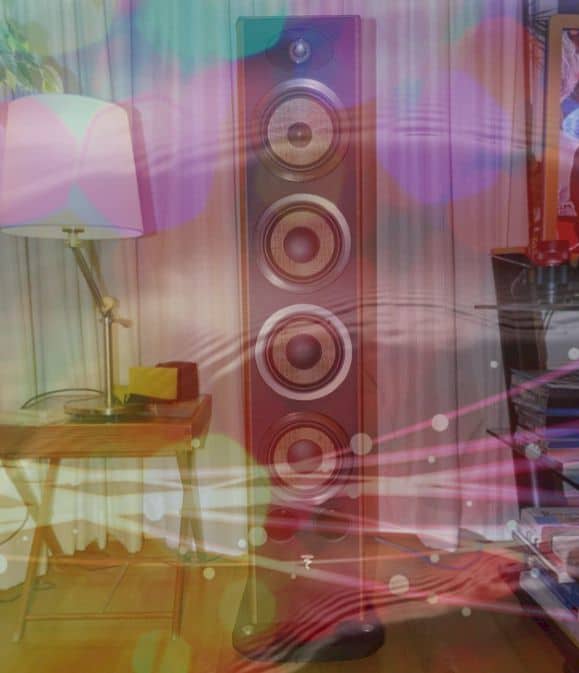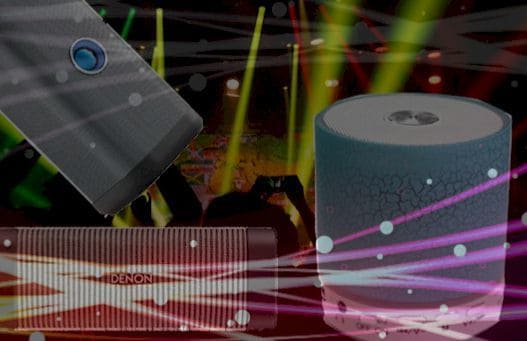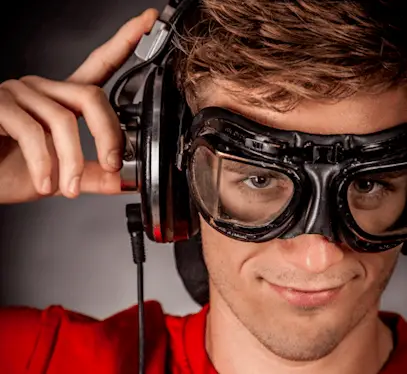Speakers enhance the pleasure of the listening experience on various occasions. They amplify sound and magnify the impact of the media being played or the voices of speakers. They are used in public announcement systems, in seminars and conventions, in live shows and programs, and parties among others. The right kind of indoor and outdoor speakers will help you entertain your audience or deliver your messages more effectively.
It’s a misconception that both indoor and outdoor speakers can be used interchangeably. There’s certainly no stopping you from doing so, but you will not get the effect that you need. Using an indoor speaker outside will give you sound that’s perhaps too soft while using an outdoor speaker inside will require adjustments, so you do not have blaring sound all around your enclosed area.
Contents
The considerations while comparing indoor vs outdoor speakers
To further differentiate the two types of speakers, here is a list of considerations for you to take note of:
Sound Output Quality
Outdoor conditions such as wind and other background noises affect the sound. Sound does not travel well with such conditions. The audio output of an indoor speaker might not be powerful enough to rise above such conditions.
Outdoor speakers are designed with an amplifier, either in a passive or active speaker, to enhance and increase the quality and volume of the sound. For this reason, outdoor speakers need a higher power input as well.
Construction and Physical Design
Indoor speakers are designed to blend into your interiors while providing enhanced sound in a room or in several rooms. They can be placed strategically and mounted on the floor, in-wall, or in-ceiling, depending on the space you have and the sound experience that you want.
Outdoor speakers, on the other hand, need to be sturdy and durable enough to withstand all weather conditions. They are exposed to sunlight, rain, and wind among others. These can easily damage an indoor speaker, but outdoor speakers are designed to be long-lasting and endure such outdoor conditions.
Sound Projection Direction
Outdoor speakers are single-point speakers omni-directional. This means that they have a circular coverage on a specific area. The more powerful the speakers are, the wider their coverage is. It is also a common practice to use several speakers to cover a bigger outdoor area.
Indoor speakers, in contrast, cover an enclosed area in a triangular pattern. Sound moves in a singular direction from the speakers out to a wider indoor area.
Bass Reproduction
Sound quality is affected by bass response whether in indoor or in outdoor conditions. In outdoor conditions, however, bass reproduction is more challenging because of the lack of reflective surfaces. In high-quality speakers, such surfaces are built in along with other powerful drivers to create high-quality bass output.
Volume Range
Because of the open space, outdoor speakers need to be capable of higher volumes. The amplifiers have to enhance both the volume and intensity to produce high-quality audio.
The different types of speakers in relation to the locality where they are intended to be used
Knowing the capabilities of your speakers can help you use them at their full potential. Remember that a bad audio system can drastically affect your event. Choose the right type of speakers to achieve the best results:
Indoor Speakers
For events and gatherings in small enclosed areas, you can find various types of indoor speakers that could meet your requirements. Advancements in technology have paved the way for speakers with a host of capabilities and functionalities. Consider these options:

Floor-standing Speakers are tall and huge. They are placed on the floor or any stable surface. This type is pricey. However, it would not fail you because it can fill up the room with an amazing theatre-like sound. This is a good choice if you have a bigger space to accommodate the size and height.
Ceiling speakers are designed to be permanently installed and wired into the ceiling. These work well with your décor and interior as they do not take up floor or counter space. These are best for multi-room audio systems, classrooms and offices, and retail spaces.
Bookshelf speakers are designed for elevated positions. They are placed on a flat surface, either on tables or shelves or wherever you want to put it. They are not as powerful as floor-standing speakers though. However, they are usually placed on ear-level positions that maximize the range of the audio frequencies.
Quite simply, computer speakers are used with your computers. Most computers already come with standard built-in speakers, but you can hook up more advanced speakers for better sound quality to play music while you are working, for your sound effects while you are gaming, and for your video and movie streaming among many other multi-media activities.
Wireless speakers used wireless connectivity like Bluetooth or wifi. You can easily pair compatible gadgets so you can send audio signals to the speakers. You can use your smartphones, tablets, laptops, and even smart TVs with your wireless speakers.
Outdoor Speakers
For parties, festivals, outdoor cinema screenings, and other events in wide open spaces, you need outdoor speakers. These have to be powerful enough to deliver sound in an area that’s not enclosed by walls.

Last Words
It is important to note that indoor and outdoor speakers are designed for different purposes. Be clear about what you what to use your speakers for and choose a set accordingly. You might want to choose based on flexibility as well if you want to get more out of your money and maximize your investment. Consult a technician or ask around for the best recommendations before you make a decision.

HI, John Andrew here. I’ve been an audiophile since I was a little kid. I’m an original member of myaudiolover . It emerged as a way for me to share my passion and knowledge for audio technology. If you’re looking for tips, techniques, and insights about audio-tech, that can enable your productions that professional edge, then MyAudioLover is the place for you!

